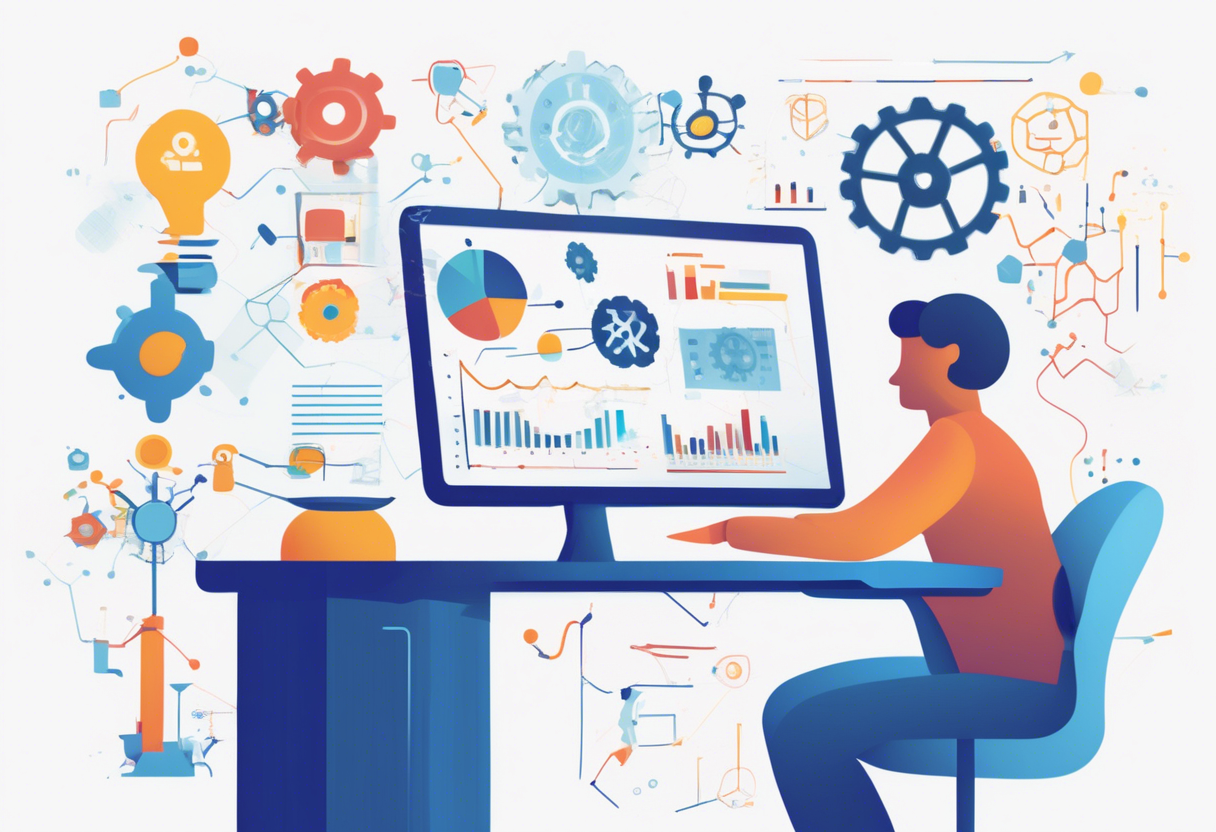
In our fast-changing digital world, the way we work is shifting quickly, and new skills are in high demand. By 2030, about 375 million workers might need to change jobs because of automation and AI. That's where "upskill AI" steps in. Imagine intelligent algorithms creating personalized learning paths, tailoring education to fit each person. This isn't just a future dream—it's happening right now. We'll look at how AI is changing workforce upskilling, including the challenges in different sectors, ethical questions, and how to strategically use AI-driven programs. We'll also see how to measure the success of these efforts to build a strong, future-ready workforce. So, get ready as we explore the future of work!
Summary: Dieser Artikel beschreibt die transformative Wirkung von KI auf die Weiterbildung von Arbeitskräften und beleuchtet personalisierte Lernpfade, branchenspezifische Herausforderungen und Lösungen, ethische Aspekte sowie die strategische Implementierung und Erfolgsmessung von KI-Weiterbildungsprogrammen.
The Transformative Impact of AI on Workforce Upskilling
Urgency of AI-Driven Workforce Upskilling
AI is changing the game in workplaces, and it's happening fast. By 2030, about 70% of the skills we use at work will have changed because of AI. This means AI-driven upskilling is more important than ever.
Six out of ten business leaders think AI and generative AI will shake up their companies in a big way. To keep up, businesses need to focus on upskilling or risk falling behind. AI can help by:
- Constantly checking what skills workers have
- Spotting gaps more effectively than old annual reviews
- Making learning personal with AI-powered platforms
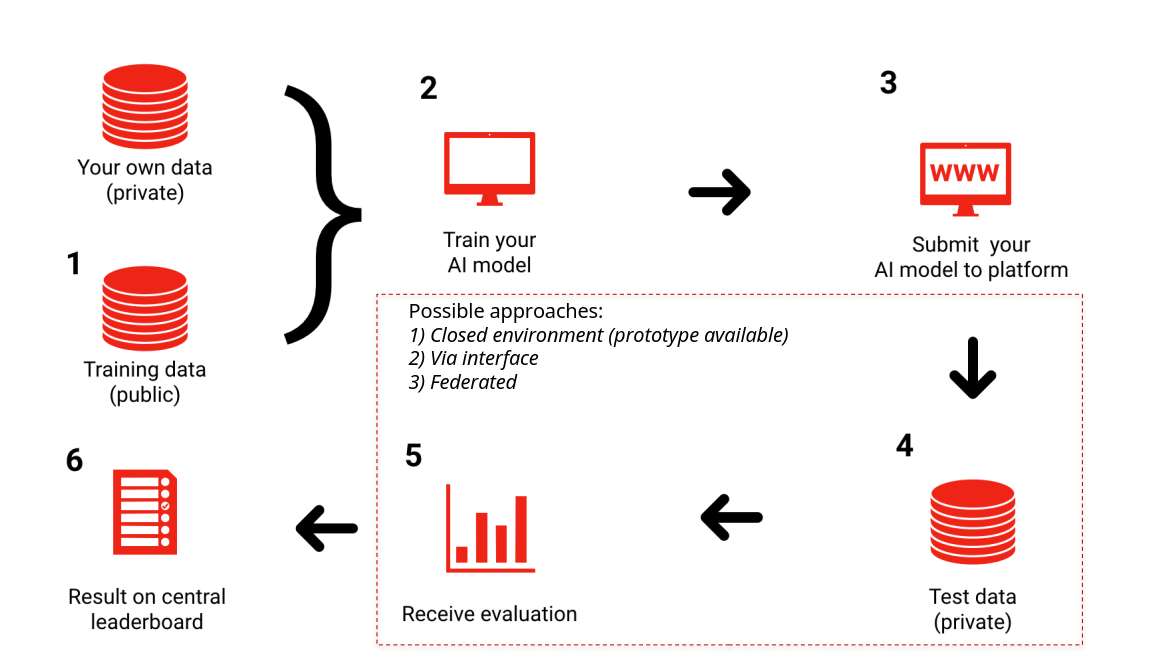
These platforms provide employees with training that fits their needs and company goals, making upskilling more effective. Additionally, AI assists in:
- Finding mentors
- Suggesting career paths
- Building stronger networks within the company
This is great for growth and employee retention. Upskilling with AI is a big deal and requires ongoing investment and commitment from organizations.
Upskilling vs. Reskilling: AI's Role in Skill Development
When it comes to AI, knowing the difference between upskilling and reskilling is key. Upskilling focuses on enhancing the skills of current employees, especially with AI tools, to improve their performance in their current roles. For example, learning new AI software to boost productivity.
On the flip side, reskilling involves training individuals for new roles, often necessitated by AI automation or emerging business needs. AI tools are beneficial for both processes as they:
- Analyze current employee skills
- Match skills to current and future job requirements

Companies should tailor their upskilling and reskilling programs based on specific skill gaps identified through AI analytics. This approach ensures the workforce is prepared for future demands, with upskilling enhancing proficiency in AI-enhanced tasks and reskilling opening doors to new job opportunities.
AI-Powered Personalized Learning Paths
How AI Creates Adaptive Learning Experiences for Upskilling
AI is revolutionizing education by tailoring learning paths to fit each student's unique needs, preferences, and pace. This marks a departure from the traditional one-size-fits-all approach. But how exactly does AI achieve this?
By gathering and analyzing data such as performance statistics, behavior patterns, and demographics, AI crafts personalized learning experiences and suggests the most suitable content. Technologies like Natural Language Processing (NLP) enable AI to interact with learners through chatbots and virtual tutors, providing real-time support.
AI-driven Intelligent Tutoring Systems (ITS) and multi-agent systems delve into educational data to create detailed student profiles. These systems deliver content and feedback tailored to each learner, keeping learning engaging and relevant as individual needs and goals evolve. Imagine an AI platform that adjusts the difficulty of programming lessons based on your performance, advancing when you're ready or revisiting fundamentals if necessary.

Advantages of AI-Driven Personalized Upskilling
AI learning platforms enhance engagement by customizing content to align with each person's interests and pace, ensuring lessons feel relevant and achievable. They empower students to progress at their own speed, securing foundational knowledge before advancing.
Moreover, AI fosters inclusivity with features like text-to-speech, captions, and simplified language, supporting a diverse range of learners, including those with disabilities. For educators, AI automates tasks such as grading and progress tracking, freeing up time for meaningful interactions and improved teaching strategies.
Adaptive AI systems optimize training by aligning content with individual goals, boosting motivation and effectiveness. In a corporate environment, for instance, AI evaluates employees' skills and preferences, offering tailored modules that adapt as they learn, facilitating efficient skill mastery.

AI in education personalized learning platforms
Natural Language Processing in education
AI-powered Intelligent Tutoring Systems
Lifelong learning with AI
AI-driven corporate upskilling
Sector-Specific AI Upskilling Challenges and Solutions
AI Upskilling Strategies in Healthcare
The healthcare field faces significant challenges in upskilling for AI due to its rapid evolution. Training must align with specific clinical roles and workflows. Therefore, healthcare organizations need to:
- Identify gaps in clinical and administrative staff skills.
- Tailor training programs to address these gaps.
By integrating AI upskilling into long-term strategies, including career paths and recognition, organizations can maintain a competent workforce over time.
AI Centers of Excellence in Healthcare
Establishing these centers is a strategic move. They promote:
- Knowledge sharing
- Mentorship
- Collaborative AI projects
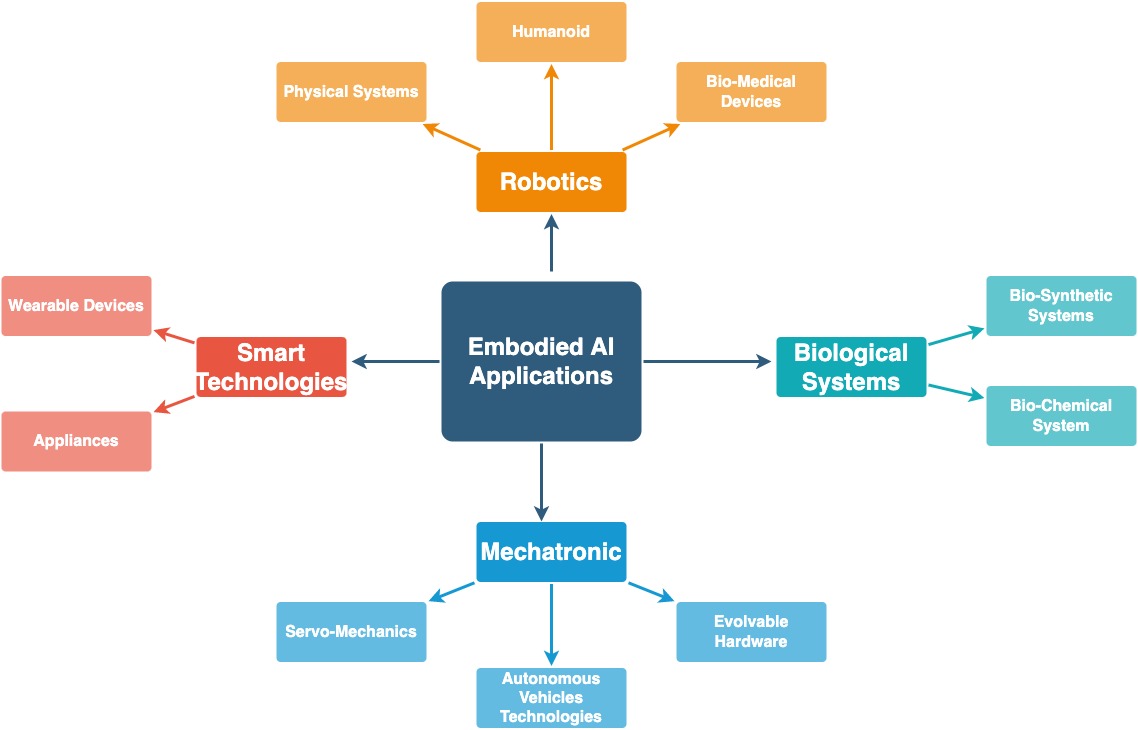
Healthcare professionals must become adept with AI in their roles, such as using it for diagnostics, patient management, and understanding ethical considerations. For instance, a hospital could create an AI training program specifically for radiologists focusing on AI-assisted imaging, while the administrative team learns about AI-driven scheduling tools. An internal AI center of excellence can support continuous learning. For more on these strategies, visit BCG.
Navigating AI Upskilling in Finance
In the finance sector, upskilling is centered around:
- Risk assessment
- Predictive analytics
- Automation for resource management
Targeted AI training enables finance professionals to acquire practical skills in machine learning, data analysis, and AI-driven decision-making. Integrating AI upskilling into workforce planning is essential to remain competitive in the fast-paced AI landscape.
Bridging Digital Literacy in Finance
Upskilling should also focus on:
- Closing digital literacy gaps
- Reducing workforce inequality
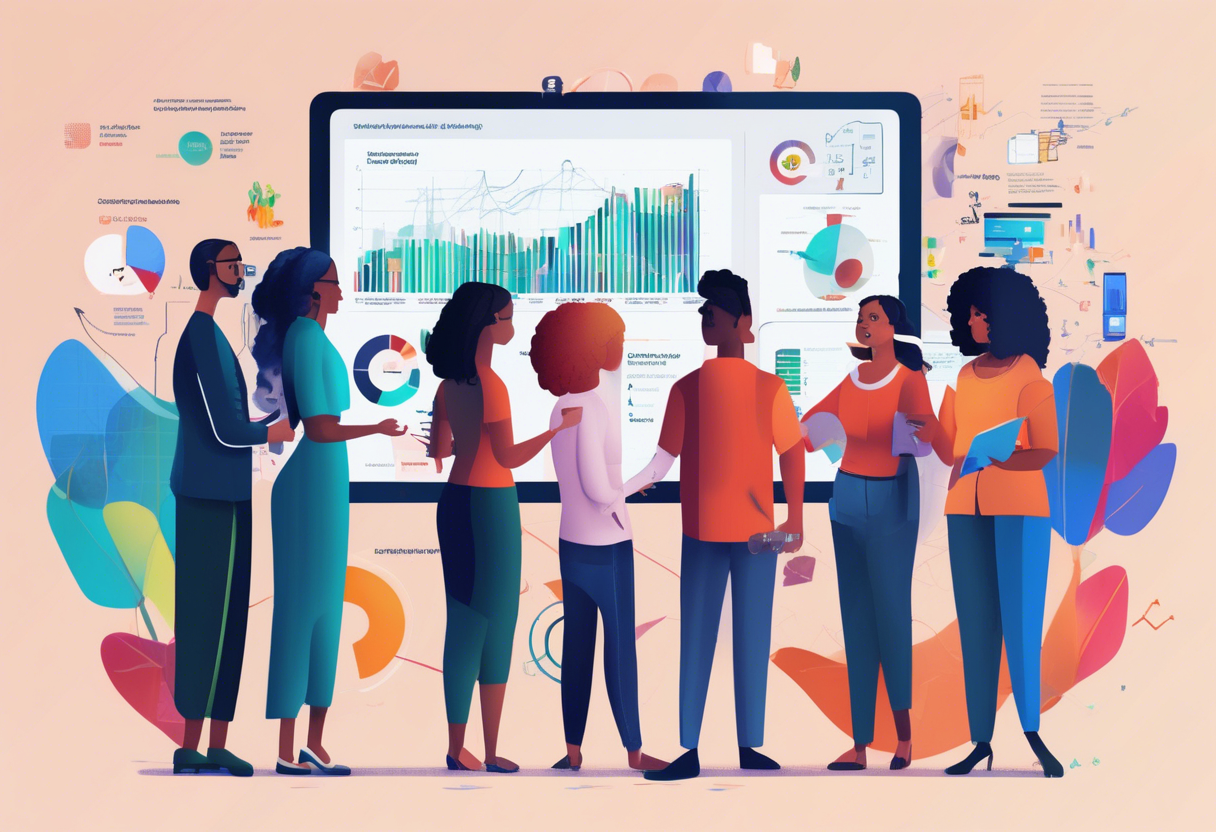
Responsible AI use and ethics are crucial components of AI training in finance to manage security and operational risks. For example, a bank may implement a comprehensive AI upskilling program emphasizing predictive analytics for credit risk and ethical AI use, supported by leadership-driven strategies. For more details, explore New Horizons.
Embracing AI Upskilling in Manufacturing
In manufacturing, the rapid advancement of AI technology necessitates upskilling in:
- AI for automation
- Predictive maintenance
Customized AI training for specific manufacturing roles ensures that workers can effectively utilize AI tools in production and quality control. Including AI upskilling in long-term workforce plans enhances innovation and efficiency.
Continuous Learning and AI Literacy in Manufacturing
Manufacturers should focus on:
- Closing digital literacy gaps
- Continuous learning to keep pace with AI advancements
Role-specific AI skills, such as prompt engineering, AI fluency, and responsible AI use, are essential for manufacturing staff. A manufacturing company might establish a multi-year AI upskilling program concentrating on AI-driven predictive maintenance and automation, supported by an internal AI center of excellence and ongoing digital literacy initiatives. For more insights, visit Aspen Institute.
Ethical AI in Upskilling AI Programs
Integrating AI Ethics in Upskill AI Programs
Integrating AI ethics into upskilling programs requires a balanced approach that combines technical skills with social responsibility, empathy, and critical thinking. Unfortunately, many programs overlook crucial ethical and societal issues such as bias, justice, and transparency, which are essential in AI.
Key components of effective AI ethics training include:
- Accessibility, equity, and diversity
- Social justice and ethical awareness
- Cultural sensitivity alongside technical expertise
Core principles to incorporate are transparency, accountability, fairness, respect for human dignity, and autonomy. Programs can be enriched with courses on AI safety, governance, policy, and real-world ethical challenges, similar to those offered by UCLA and Udemy.
For instance, a company might implement an AI upskilling program with modules on identifying bias, ethical decision-making scenarios, and cultural sensitivity training. This ensures employees understand both AI usage and its societal implications.
Preparing Employees for AI Governance and Bias Mitigation
Developing critical thinking skills in employees is essential for assessing AI's ethical impacts and reducing bias. This involves:
- Continuous learning and questioning assumptions
- Cross-disciplinary collaboration
- Ethical decision-making exercises and feedback
Organizations that foster psychological safety and openness enable employees to critically evaluate AI insights and address governance and bias challenges. Regular bias assessments and collaboration with diverse groups are necessary to comprehend and mitigate AI's effects on marginalized communities.

Training in AI governance encompasses:
- Transparency practices
- Impact assessments and audits
- Clear data-sharing agreements to ensure accountability
An effective training example includes scenario-based workshops where employees identify potential AI biases, discuss governance frameworks, and devise strategies to enhance fairness and accountability in AI applications.
For further reading, explore these resources:
- Inclusive and ethical upskilling programs
- Key AI ethics principles
- AI ethics courses
- Critical thinking in AI upskilling
- AI governance training
Strategic AI Upskilling Program Implementation
Aligning AI Upskilling with Business Objectives
To make AI upskilling effective, it is essential to align it with your business goals. Begin by identifying areas where your team lacks AI skills. The training should address these gaps, whether for an individual, a team, or the entire organization.
By integrating AI upskilling into your long-term strategies, you can establish career paths and reward those who acquire new AI skills. Set clear objectives for AI utilization, linking them to outcomes such as increased efficiency or reduced manual labor. Begin automating workflows with simple tasks to demonstrate value and build confidence.
Focus upskilling on key roles:
- Leaders: For vision and strategy
- Tech Teams: For AI development
- Experts: For applying AI in real business scenarios

For instance, a company might assess its team's AI skills, identify gaps in data analytics, and develop specialized training for marketing and sales. They would integrate these programs into their strategy, associating AI expertise with promotions and bonuses.
Overcoming Employee Concerns in AI Upskilling
Addressing employee concerns and cultural transformations is crucial when implementing AI upskilling. Introduce AI gradually to prevent overwhelming your team, starting with straightforward, repetitive tasks like AI-assisted scheduling or drafting emails.
Clear communication is vital to alleviate fears, emphasizing that AI tools are designed to assist, not replace. Establish internal AI centers of excellence to foster knowledge sharing and mentorship, embedding AI into your organizational culture.

AI-powered virtual assistants and chatbots can provide personalized learning and support throughout the upskilling journey. Treat AI upskilling as a continuous, collective responsibility among leaders, learning and development teams, and business units.
Learn more about AI upskilling strategies and how to align them with business goals.
Measuring the Success of AI Upskilling Initiatives
Essential Metrics for AI Upskilling ROI
When determining the ROI of AI upskilling, having a structured plan is essential. The Kirkpatrick method serves as an excellent framework for this evaluation. It focuses on four key areas:
- Learning Experience Quality: Assessing how effective and engaging the training is.
- Skill Improvement: Measuring the enhancement in skills post-training.
- Productivity Increase: Evaluating the boost in productivity as a result of upskilling.
- Business Outcomes: Analyzing the broader impact on business performance.
While business outcomes can be complex, tools such as A/B tests or pilot programs with control groups can provide clarity. To effectively assess the impact of upskilling, consider metrics such as completion rates, performance reviews, productivity, retention data, customer satisfaction, and sales figures.
To calculate the ROI of upskilling, use the formula:
[ text{ROI} = frac{text{Financial Benefits} – text{Program Costs}}{text{Program Costs}} times 100 ]
This formula accounts for direct training costs, employee time investment, and any resulting productivity gains. Additionally, AI-powered analytics can streamline performance evaluations by tracking key performance indicators over time, offering a comprehensive view of employee development and skill application. Monitoring emerging skill demands, such as AI literacy and certification rates, further indicates the effectiveness of your upskilling initiatives.
Tackling AI Upskilling Challenges
Evaluating the business outcomes of AI upskilling can be challenging, especially amid other organizational changes. Controlled experiments, like A/B testing, help isolate the effects of training. As AI reshapes skill requirements, traditional workforce development must adapt. Implementing AI for continuous monitoring and assessment establishes a feedback loop that enhances learning and performance.

Conducting true A/B tests in a workplace setting can be difficult. Therefore, alternatives such as tracking labor costs and output over extended periods (e.g., one to two years) can be beneficial. Identifying skill gaps early using tools like skill gap analysis prioritizes training efforts and facilitates smoother AI workforce transitions. For instance, one company utilized AI analytics to monitor employee workflows and identify training gaps, which resulted in a 20% increase in sales team performance.
FAQ Section
What are the Most Effective AI Upskilling Programs?
The best AI upskilling programs are those that adapt to individual needs. They employ personalized learning and data analytics to identify existing skills, areas for improvement, and how to tailor training to align with both personal and business goals.
Modern platforms leverage AI tools to make learning more personalized, enhancing retention and ensuring skills align with job requirements. Often, they utilize tools like ChatGPT to facilitate learning and growth across various areas. For example, a company might use AI to assess employees' skills and then provide tailored training. This approach ensures training is relevant and directly supports job tasks.
How Can Small Businesses Upskill with AI on a Budget?
Small businesses don’t need a big budget for AI upskilling. They can leverage accessible AI tools and platforms that offer personalized learning affordably. By using AI-powered training platforms that create specific learning paths based on needed skills, small teams can efficiently learn relevant content.
A strategic move for small businesses is to enhance existing roles with AI knowledge rather than starting from scratch. For instance, a small retail shop might use free or low-cost AI tools and online courses to educate sales staff about AI in customer interactions. This approach improves service quality without requiring a large training budget. It's about integrating AI into existing operations to maximize benefits without excessive spending.
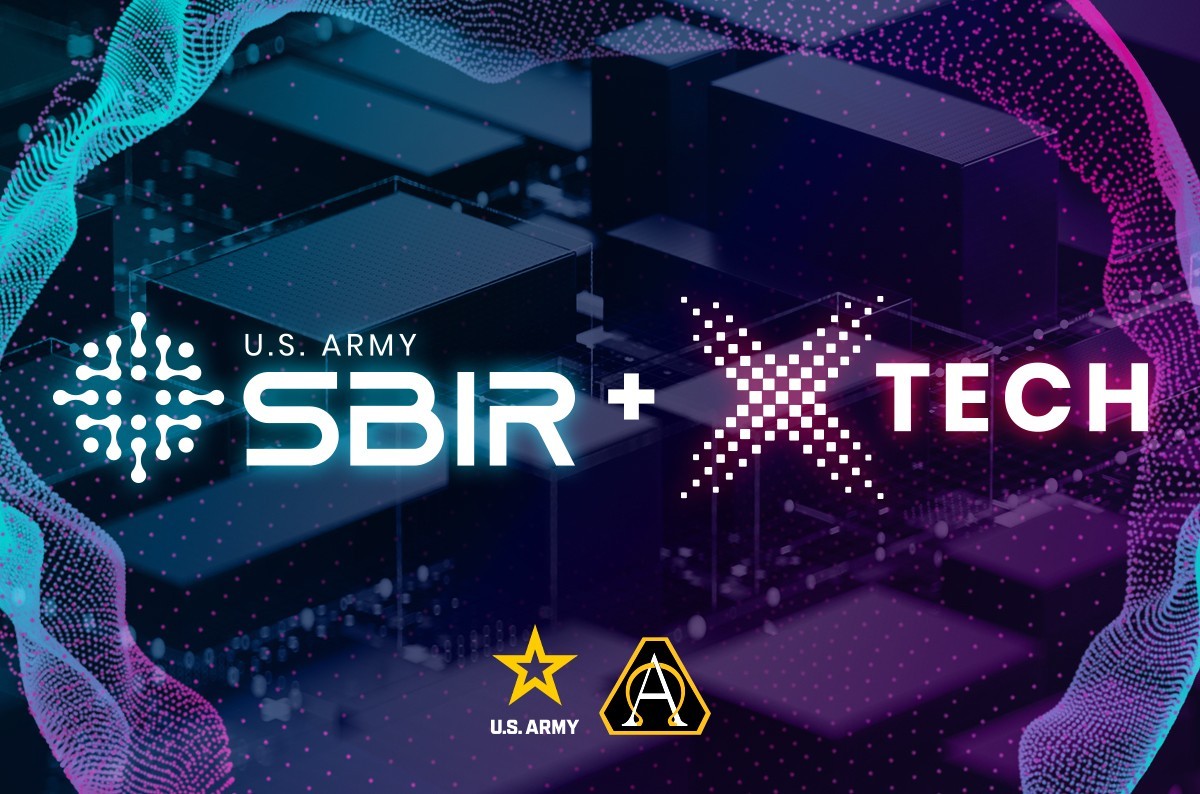
Why is AI Literacy Vital for Successful Upskilling?
AI literacy is crucial as it enables individuals to understand and utilize AI technology, which is vital for remaining relevant in today’s rapidly evolving job market. Upskilling programs that emphasize AI literacy build a workforce prepared to address future challenges as AI becomes more prevalent across industries.
When employees enhance their ability to use AI tools, productivity and innovation increase. A company might incorporate AI literacy into their training, enabling everyone from marketing to management to confidently apply AI in their daily work, leading to improved outcomes. By ensuring everyone has a fundamental understanding of AI, companies position their teams to keep pace with new tools and methodologies, thereby enhancing the success of AI projects across the organization.
